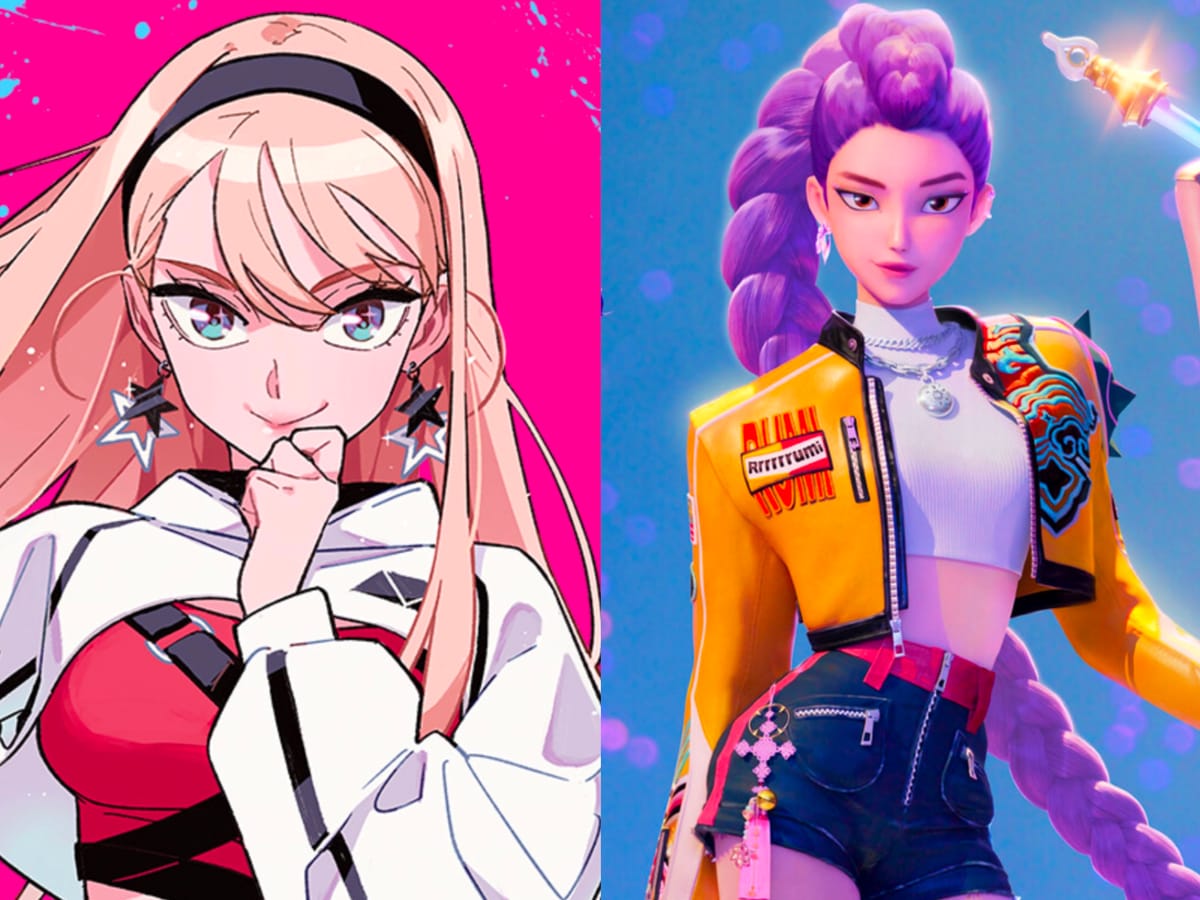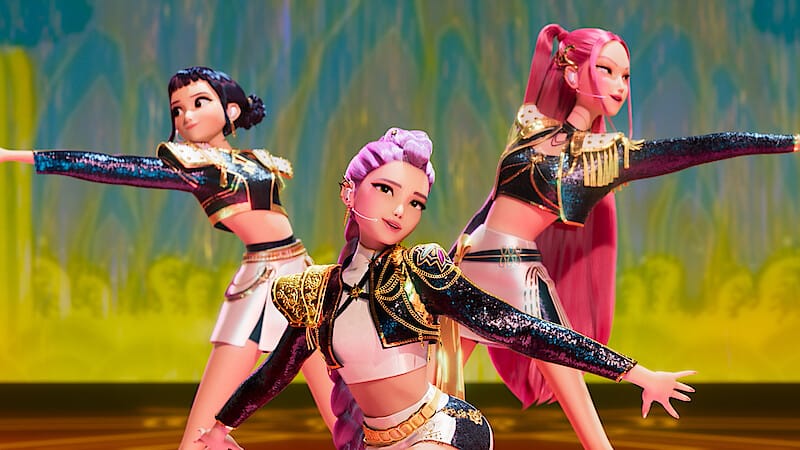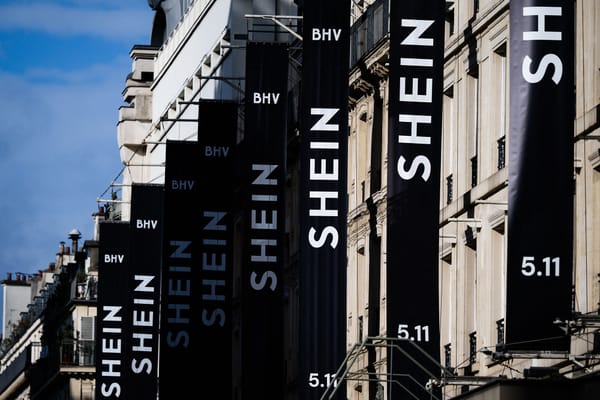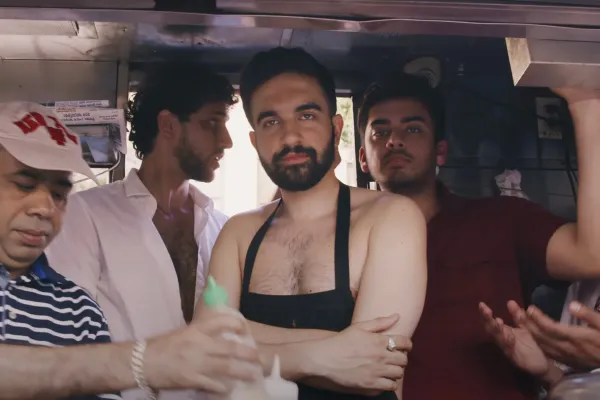K-Pop in Animation & Manga, and How It’s Done, Done, Done
From the spotlit fictional stage to the real-life practice rooms and competitions behind the curtains, what do KPop Demon Hunters and Girl Crush each say about the modern K-Pop industry?

Warning: This article contains spoilers. Feel free to exit or skip if you do not want any spoilers.
Let me take a quick guess: your kids or friends have been begging to play the song “Golden” in the car and they just won’t stop. Believe it or not, this addictive song is not car-exclusive. For over a month now, it has been playing on social media, in restaurants, shopping centers, and anywhere else you can think of on repeat, again and again.
The song is merely a shallow glimpse into 2025’s most popular animated musical fantasy film, “KPop Demon Hunters.” Released on Netflix back in August, this musical animation has already became the #1 film on the platform with more than 314 million views in less than a month. Four songs of its soundtrack also took the throne of Top 10 on Billboard Hot 100’s. And it continues to make history.
Right now, the world is undoubtedly obsessed with “KPop Demon Hunters” and its songs. As for me? Just came back from a sing-along event over the weekend and sealed the Honmoon tight with fifteen other passionate hunters.
Like its straightforward title suggests, the film consists of two parts — “K-Pop” and “demon hunting”. Our girls Rumi, Mira, and Zoe are K-Pop girl group Huntrix by day, and by night, they arm up as hunters who protect the world from demonic invasions. They sing to gather the power that seal Honmoon, a magical barrier that would permanently block the demon realm from the human world. However, things are never as simple as they seem — especially for Rumi, who must hide her half-human, half-demon identity while fighting alongside teammates who sworn to annihilate every last one of these evil creatures. Her duties call, but the purple demonic patterns on her skin constantly remind her of who she truly is — a lurking threat, a liar.
Meanwhile, new challenges emerge. Demons come up with a wicked plan to shatter Huntrix’s defense. Saja Boys, a demon boy band, debut to compete with Huntrix, aiming to steal their fans and weaken their power. The girls are only one step away from sealing Honmoon, but Rumi’s clock is going tick tock. Her patterns are showing stronger than ever and they’re damaging her voice, yet she has new enemies to fight and new secrets to hide.
Does the film have something to do with the real K-Pop industry? Take a look at the production team behind its music and your jaws might drop. SM, JYP, YG…almost every major powerhouse of K-Pop you can think of has come together for this one single film. Teddy Park, the renowned producer behind K-Pop superstars like BLACKPINK and Taeyang, joined by producing the film’s anthem “Golden” and the opening song “How It’s Done.” “Soda Pop”, the catchy song by Saja Boys that makes your shoulders bounce, comes straight from BlackLabel. On top of that, we also have Jeongyeon, Jihyo, and Chaeyoung from TWICE singing “Takedown,” the finale song.

The collaboration of these big names marks another milestone in K-Pop music. After all, the statistics never lie: The huge success of the soundtrack proves that Netflix’s bold investment has paid-off well, securing a beautiful and well-deserved victory.
However, I want to be honest about one thing: If you are looking for some behind-the-scene stories of the industry, you might be in the wrong place. At its core, the film leans more towards “Demon Hunters” instead of “K-Pop,” as you‘ve probably sensed. “KPop Demon Hunters” presents to us a story that centers around discovering and accepting your imperfections, overcoming and embracing the shames and scars. It’s heartfelt, encouraging, and, to a certain extent, overly idealistic.





